
Many foreign tourists visiting Japan are amazed and moved by its unique culture and customs. Japan is convenient, clean, and safe, but you may also find yourself confused by certain aspects of Japanese culture that are different from those in other countries. In this article, we will introduce some of the culture shocks that travelers actually experience, as well as tips to help you enjoy your trip to Japan more comfortably.
*If you purchase or make a reservation for products introduced in this article, a portion of the sales may be returned to FUN! JAPAN.
🚅 Reserve your Shinkansen tickets with NAVITIME Travel! 👉Click here
😄 Make your trip in Japan even more comfortable with NAVITIME eSIM! 👉Click here
1. Japan’s “Cash Culture” – A Country Where Cash Payments Are Common
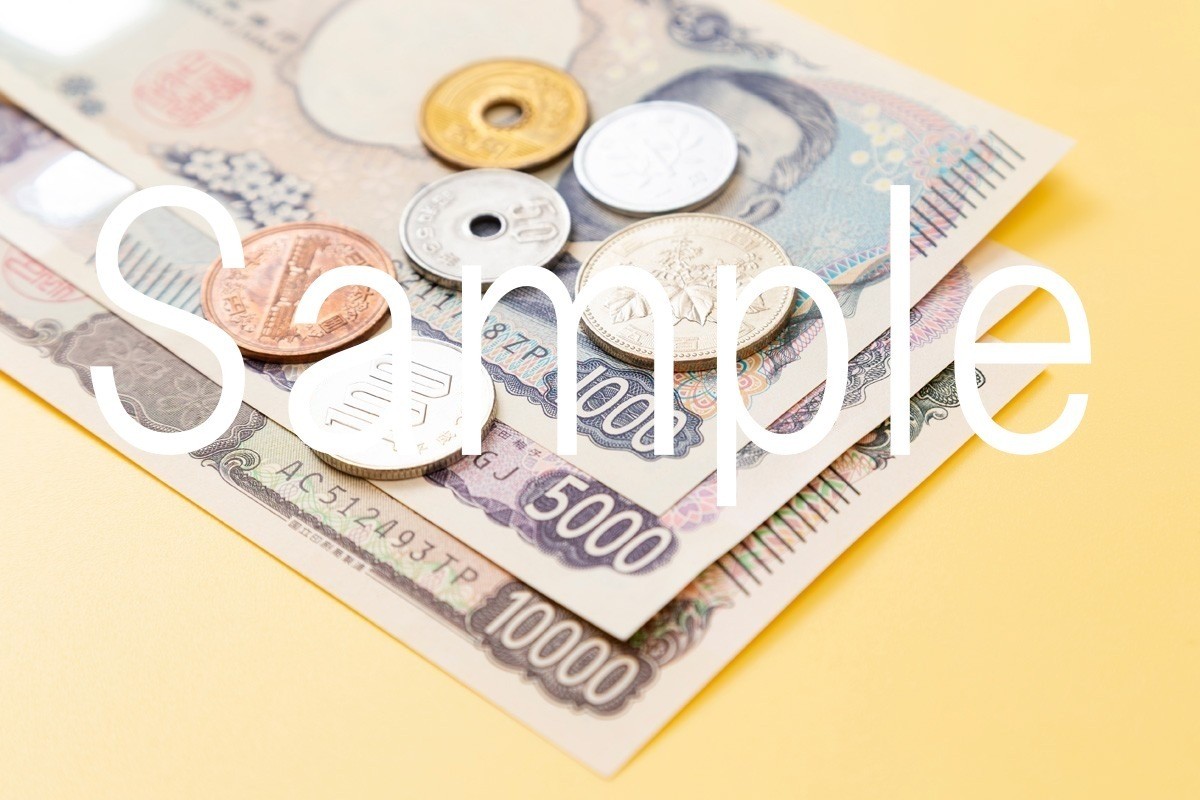
Although Japan is a developed country, cash payments are still the norm. For tourists from countries where credit cards and mobile payments are widespread, this can be quite a surprise. Especially in rural areas, privately owned restaurants, food stalls, and small shops, there are many places that only accept cash.
Even in major cities like Tokyo and Osaka, it is not unusual to find stores that do not accept cashless payments. However, convenience stores, supermarkets, department stores, electronics retailers, and discount stores generally do accept cashless payments.
ATMs can be found everywhere, but some may not accept foreign cards, so it is recommended to prepare cash in advance at ATMs in airports or banks.
2. Many Shops in Japan Close Early
While many shops overseas stay open late at night, many tourists are surprised to find that stores in Japan often close earlier than expected. Department stores usually close around 20:00 to 21:00, and restaurants typically close between 22:00 and 23:00. In regional cities, it is not uncommon for shops to close as early as 7 p.m.
Convenience stores are generally open 24 hours, but recently, due to labor shortages, more stores are shortening their business hours.
When planning your sightseeing or shopping, be sure to check business hours in advance.
3. Hotel Check-in Is Usually Late (From 15:00 Onwards)

In Japan, it is common for hotels to have check-in times between 15:00 and 16:00, and check-out times between 10:00 and 11:00.
You can leave your luggage at the hotel before check-in, but you cannot enter your room. Some hotels offer early check-in services, but these usually require an additional fee.
To make the most of your sightseeing, it is recommended to leave your luggage at the hotel on your arrival day and explore the city hands-free, then return to the hotel at check-in time.
Related Articles
- From the airport to your hotel! A complete list of "luggage delivery services"—fees, times, locations, and procedures
- How to reserve coin lockers at Kyoto Station & how much do they cost? Tips for busy times and alternative storage options
- Coin lockers & luggage storage in Tokyo and Osaka: A thorough comparison of prices, how to use them, and hours of operation! [Latest for 2025]
4. Food samples look incredibly real

The "food samples" displayed in front of restaurants are extremely popular with visitors to Japan. For foreign tourists who do not speak the language, they are a very convenient tool. They are more three-dimensional and easier to understand than menu photos, and you can simply point to order, making it easy to overcome language barriers.
In Tokyo and Osaka, you can even try making food samples yourself, which is gaining attention as a sightseeing activity.
👉Osaka | Matcha Parfait Food Sample Memo Stand Making Experience [kkday]
👉Osaka | Takoyaki Food Sample Making Experience | Choose between a keychain or magnet! [kkday]
Related Articles
5. There is no tipping culture in Japan
The tipping culture that is common in Western countries does not exist in Japan. In Japan, service charges are already included in the price, and if you try to give a tip, it may be refused or cause confusion. Tipping is not necessary anywhere, whether at restaurants, in taxis, or at hotels. Excellent service is considered a given, and this is part of Japan’s “omotenashi” hospitality culture.
6. You’ll be surprised by how few trash cans there are in the city
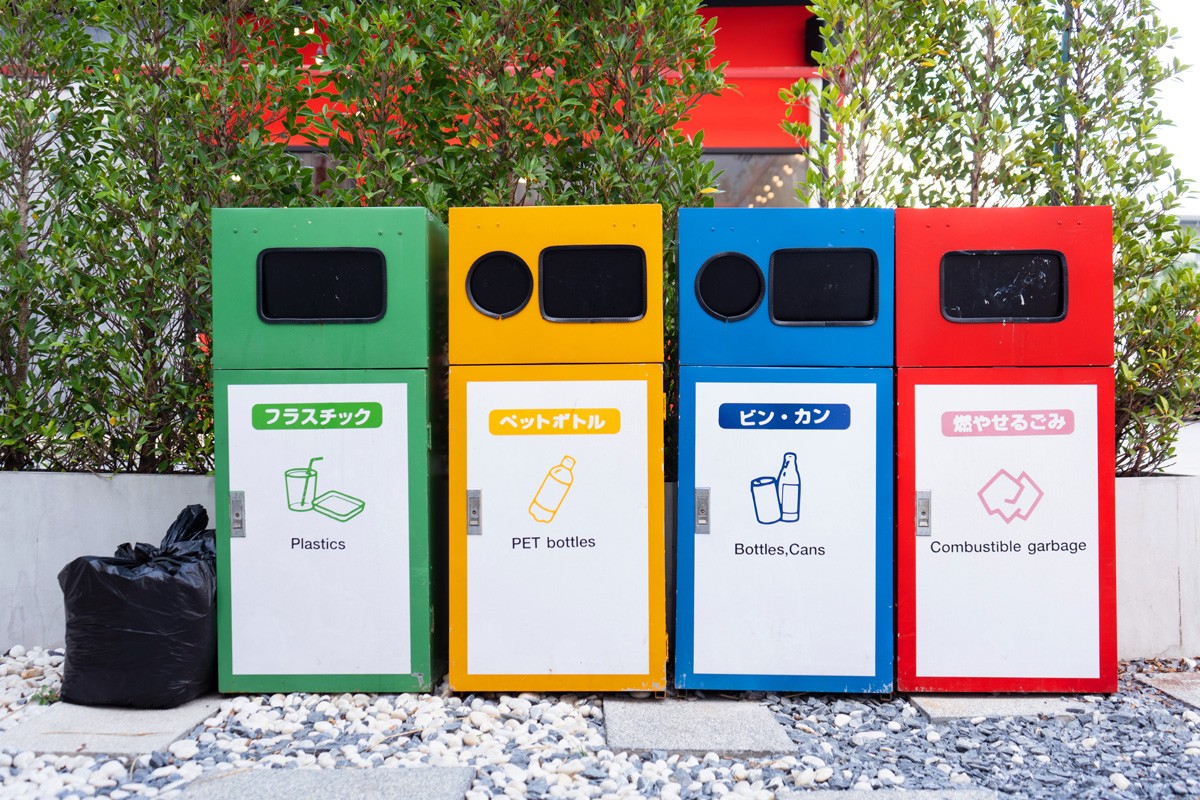
When walking through Japanese cities, you may notice the surprising lack of public trash cans. Despite this, the streets are remarkably clean. In Japan, there are very few trash bins in public spaces, which often leaves visitors wondering, "Where am I supposed to throw this away?" The reasons for this are concerns about safety and the deeply rooted custom of taking your trash home with you.
As a tourist, you should carry your trash in a small plastic bag and dispose of it at a convenience store or your hotel. Trash cans are relatively easy to find in front of convenience stores, inside train stations, and next to vending machines.
Related Articles
7. The Abundance and Variety of Vending Machines
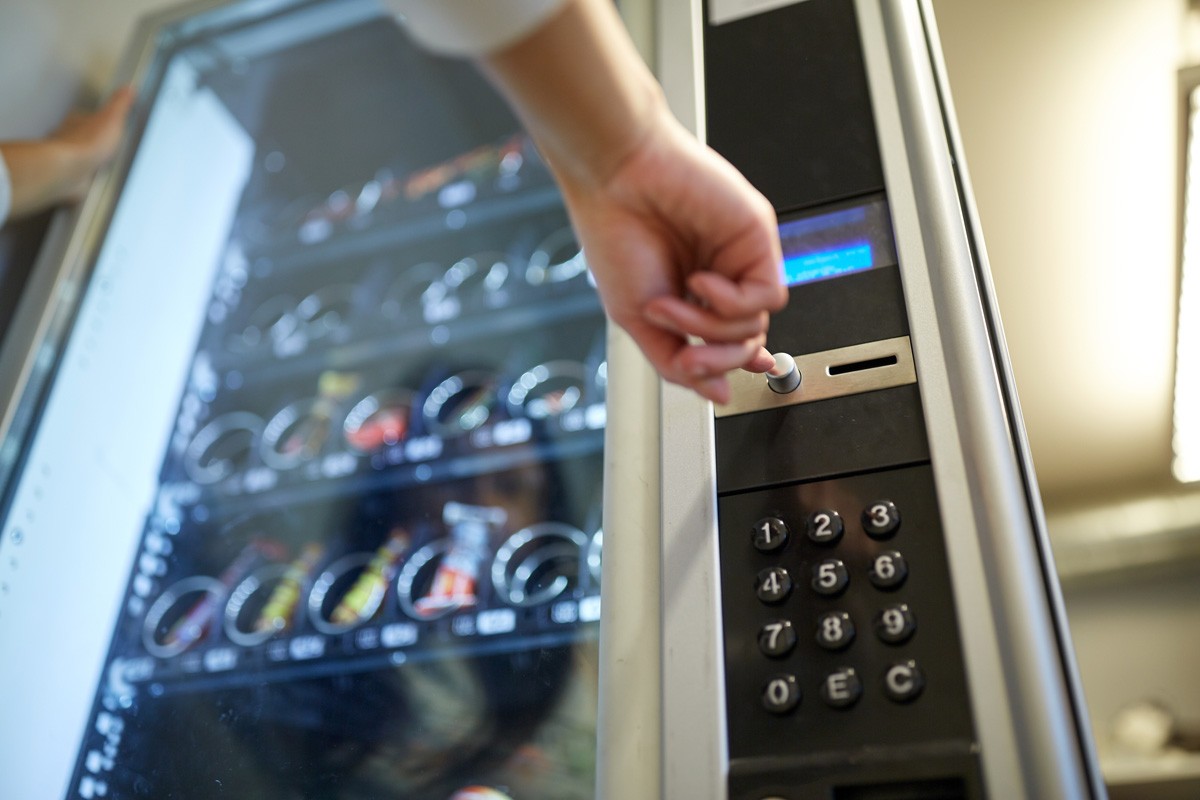
There are over 3.93 million vending machines in Japan, and you can find them almost everywhere.
Some vending machines sell not only drinks but also ice cream, sweets, miscellaneous goods, hamburgers, and even ramen, which often amazes visitors with their convenience.
Japanese vending machines are available 24 hours a day, are very safe, and rarely break down. They are a symbol of both the convenience and the safety of Japanese society.
Related Articles
8. The Culture of Lining Up and the Intensity of Crowds
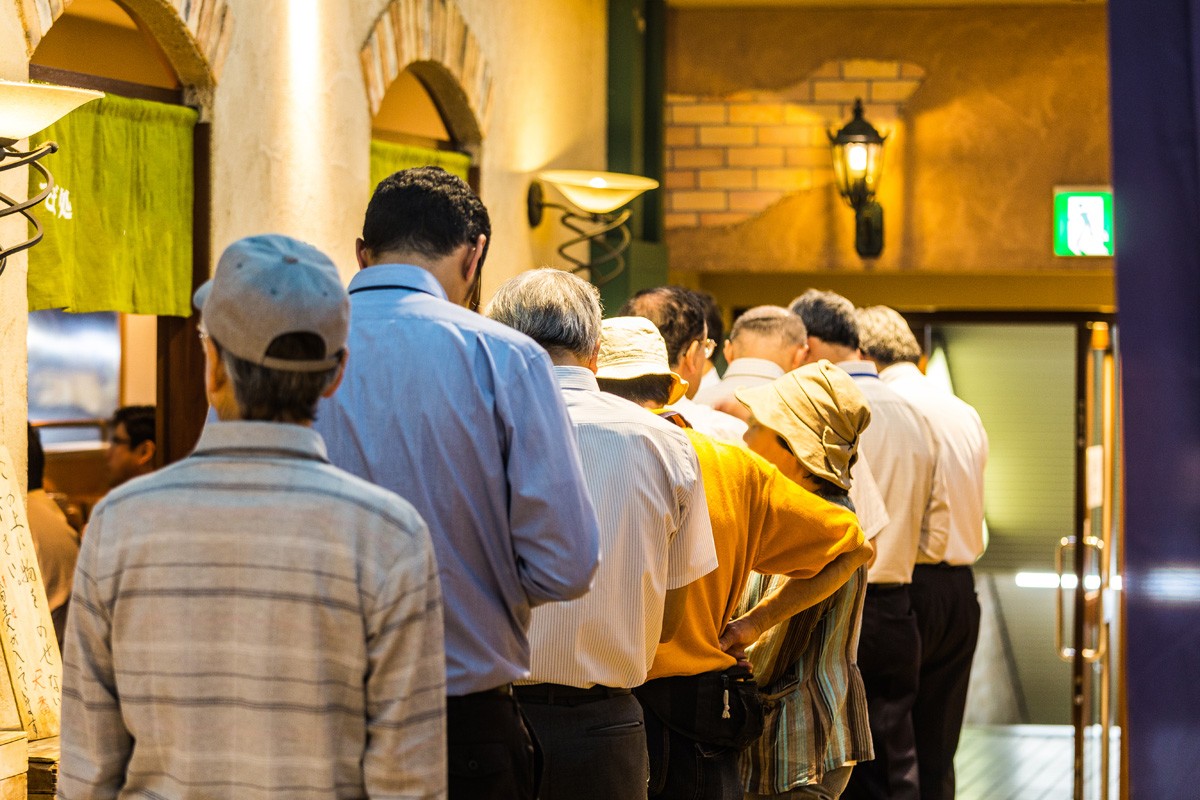
The patience Japanese people show when lining up is often a surprising sight for visitors from overseas. At popular ramen shops, famous bakeries, and new product launch events, it is not unusual to wait for several hours.
Especially in tourist destinations like Tokyo, Kyoto, and Osaka, you will often see long lines in front of restaurants and attractions. However, Japanese people line up quietly and in an orderly fashion, and cutting in line is almost never seen. This culture reflects the Japanese respect for waiting and their strong sense of following rules.
9. People Sleeping on the Street After Drinking
In entertainment districts and around train stations, it is not uncommon to see office workers in suits sleeping on the roadside or on station benches.
Because Japan is very safe, even if someone is drunk and sleeping in a public place, it is rare for their wallet or smartphone to be stolen. While this would be considered dangerous in other countries, it is relatively safe in Japan.
10. The “Solo Dining” Culture
In Japan, it is completely normal to eat alone at places like ramen shops, sushi restaurants, yakiniku (Japanese BBQ), or cafes.
This is known as the “solo dining culture,” where people enjoy their meals without worrying about how they are perceived by others. Counter seats are designed for solo customers, allowing anyone to enjoy their meal comfortably. Services specifically for solo customers, such as solo yakiniku and solo karaoke, are also increasing.
11. Few Free Wi-Fi Spots
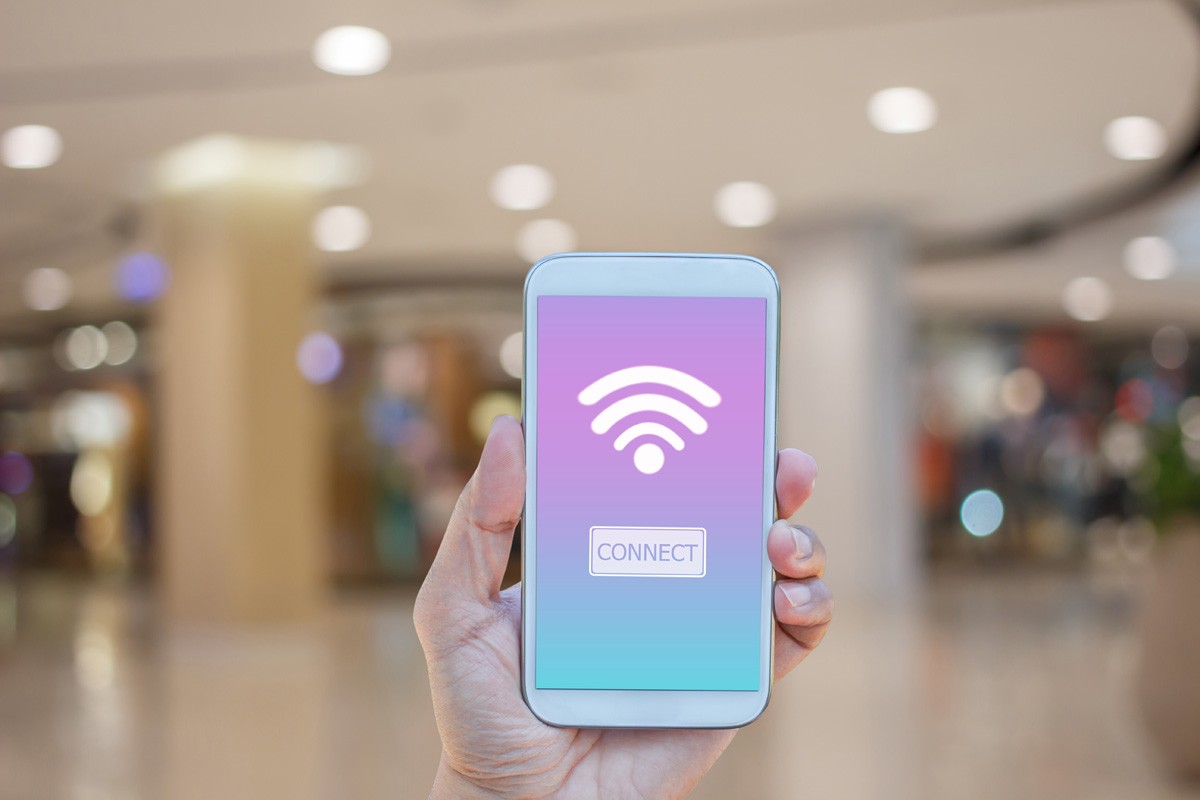
Despite Japan’s image as a major tourist destination, there are surprisingly few places in the city where you can use free Wi-Fi.
Free Wi-Fi is available at major train stations, airports, large commercial facilities, and café chains, but you often need to register to connect, and the process can be complicated. There may also be time limits on connections or slow internet speeds.
Since you will likely want to check maps or search for restaurant information on your smartphone while sightseeing, renting an eSIM or pocket Wi-Fi is recommended.
😄Make your trip to Japan even more comfortable with NAVITIME eSIM! 👉Click here
Related Articles
12. Trains and Buses Are Incredibly Punctual

Japan’s public transportation is said to be the most punctual in the world. Trains and buses run according to the timetable down to the second, and even a delay of a few minutes will be announced and apologized for.
The Shinkansen has an astonishing record, with an average annual delay of only a few dozen seconds. This is made possible by advanced operation management systems and the strong sense of responsibility among staff. Since trains arrive exactly on schedule, it’s easy to plan your sightseeing and travel efficiently.
However, significant delays or service suspensions may occur during natural disasters such as typhoons or heavy snow. Also, trains can be extremely crowded during the morning and evening rush hours, so it’s recommended to travel at different times if possible.
🚅Book your Shinkansen tickets with NAVITIME Travel! 👉Click here
Related Articles
13. The Culture of Quiet Manners on Trains
Most passengers remain quiet while riding trains in Japan. Talking on the phone is considered bad manners, and conversations are kept to a whisper. People are also careful to prevent sound from leaking out of their headphones when listening to music.
This quiet environment reflects Japanese culture, which values consideration for others and good manners in public spaces. Visitors are encouraged to be mindful and keep quiet while on trains as well.
14. IC Cards (Suica, Pasmo) Are Extremely Convenient
Suica and Pasmo are all-purpose cards that can be used not only for trains and buses, but also for payments at convenience stores, vending machines, restaurants, and more.
Just tap to pay, saving you the trouble of buying tickets. If your balance runs low, you can easily recharge at ticket machines or convenience stores. Since 2024, Mobile Suica and Apple Pay-compatible Suica have become widespread, allowing you to travel and shop using only your smartphone.
For tourists, cards like Welcome Suica are also available. It’s safe to say this is an essential item for your stay in Japan.
15. Public Spaces Are Extremely Clean and Safe
You’ll hardly see any litter on the streets, and public restrooms are kept very clean.
Whether at stations, parks, or tourist spots, everywhere is orderly, and graffiti or vandalism is rare. It’s so safe that even women can walk alone at night. If you drop your wallet or smartphone, there’s a high chance it will be returned to you. Japan’s crime rate is among the lowest in the world.
Tourists can enjoy their trip to Japan with peace of mind.
Tips for Enjoying Your Trip to Japan Even More Comfortably
SIM Cards / eSIM / Wi-Fi Rental

Internet access is essential for a comfortable trip. Here are your options:
- SIM cards can be purchased at airports or electronics retailers like Bic Camera. Data-only plans are common, and you can choose from plans ranging from 7 to 30 days.
- eSIM can be purchased and set up online before arriving in Japan, as long as your smartphone supports eSIM. No physical card is needed, and you can start using it right away.
- Pocket Wi-Fi rental allows multiple devices to connect at the same time, making it ideal for group travel. You can pick up and return the device at the airport.
😄Make your trip to Japan even more comfortable with NAVITIME eSIM! 👉Click here
Related Articles
Useful Apps
- Google Maps allows you to search Japanese addresses and store names in English and also provides train transfer information. You can also download offline maps.
- Japan Transit Planner specializes in searching Japan’s public transportation and displays the best routes and fares.
- Google Translate offers voice and camera translation features, making it possible to translate restaurant menus and signs. Downloading Japanese data for offline translation is also convenient.
- Japan Wi-Fi auto-connect is an app that allows you to easily connect to free Wi-Fi spots nationwide.
Using Suica and More
For tourists, the Welcome Suica is a Suica card valid for 28 days, available from 1,000 yen with no deposit required. You can purchase it at airports and major stations. Mobile Suica can be registered and used with Apple Pay or Google Pay.
You can recharge your card at station ticket machines or at convenience store registers.
🚅Reserve your Shinkansen tickets with NAVITIME Travel! 👉Click here
😄Make your trip to Japan even more comfortable with NAVITIME eSIM! 👉Click here

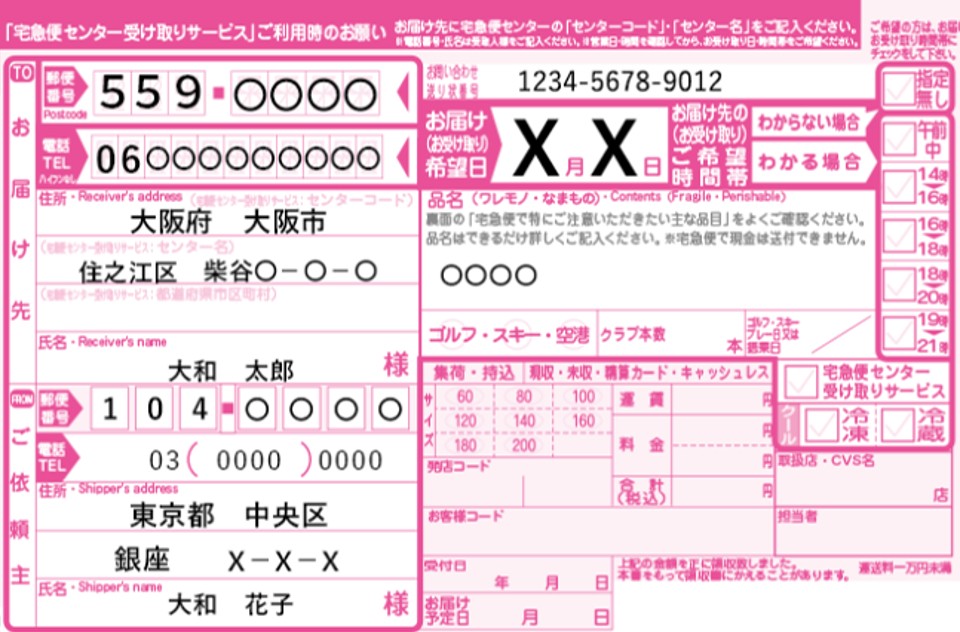
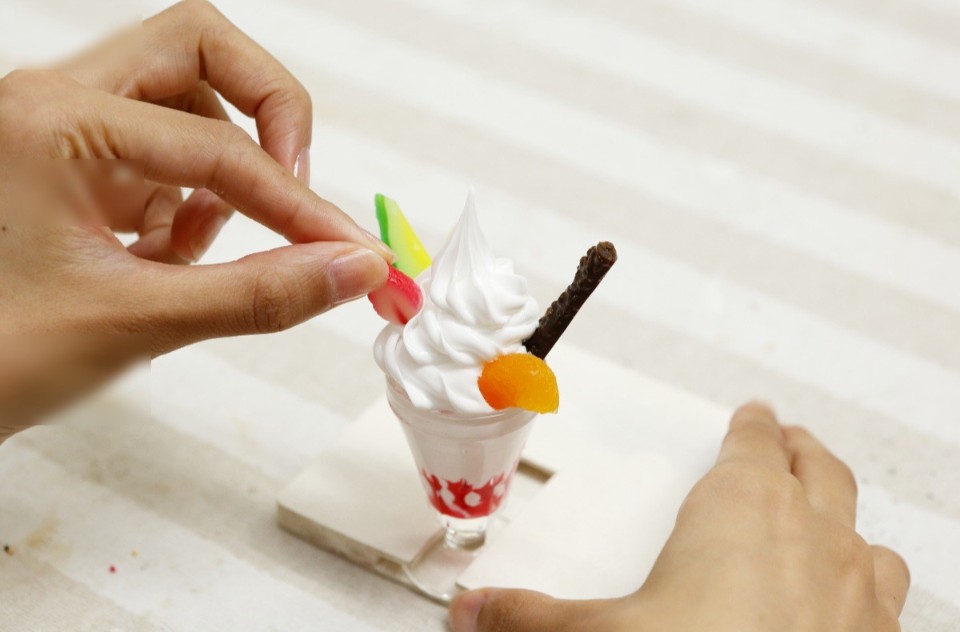
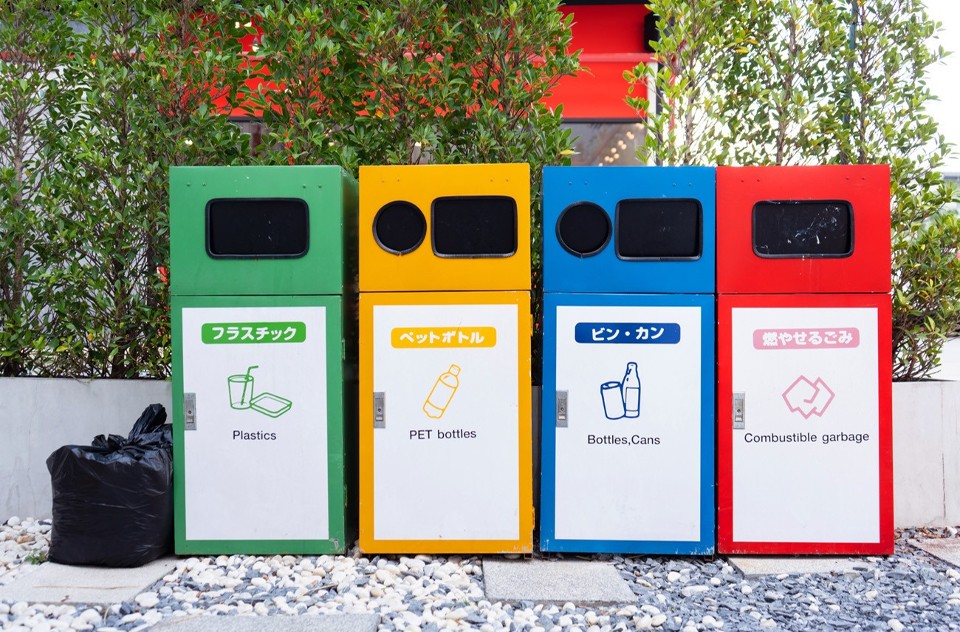

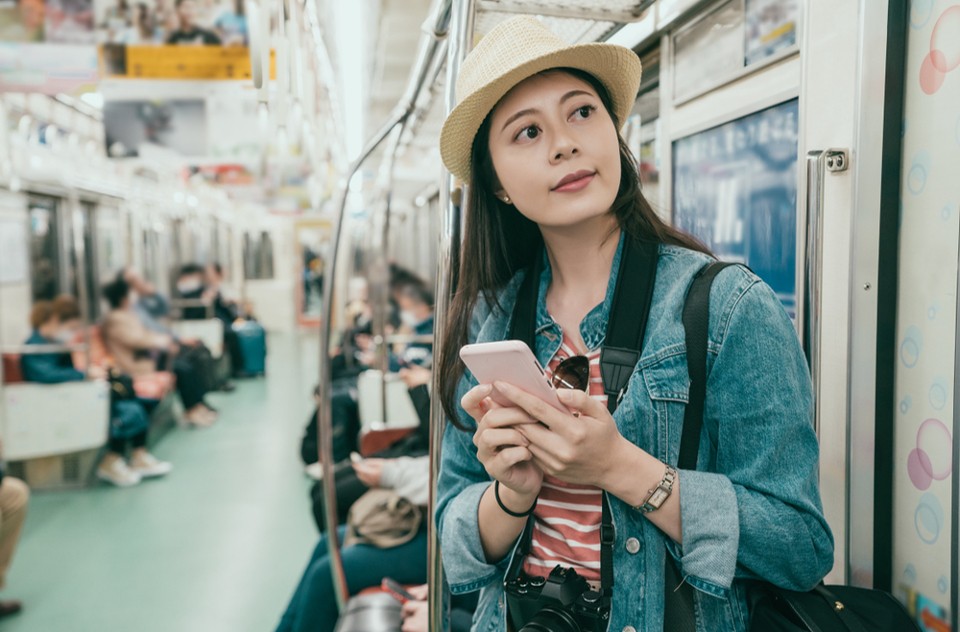
Comments